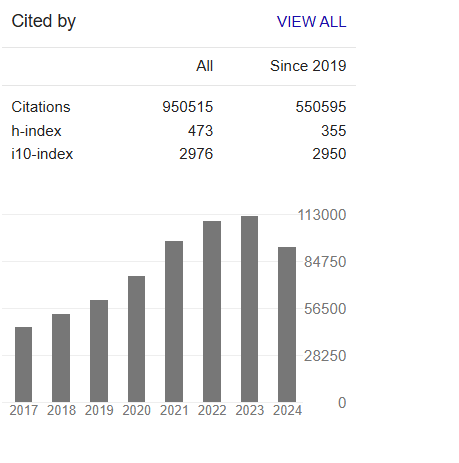Activated Magnesium Silicate from Waste Fines from Polishing Process of Lead Crystal Glass
Abstract
Mahmoud A Rabah
This study shows the experimental results dealing with recycling of waste fines of the polishing process of the crystal glass (CG) industry. The annual recurring of CG is about 200 tones pa, which contains silica glass. This study shows the recovery of active magnesium meta-silicate. The fines were classified into 4 size cuts. These were fused with Na2 CO3 powder at temperatures up to 1150°C for different periods. The heated solid was leached in water, whereby sodium metasilicate goes into leachate. Sodium silicate was then reacted with magnesium chloride or sulphate solution to give a white precipitate of magnesium metasilicate The adsorption properties of the magnesium silicate were determined by the Freundlich adsorption isotherm method Magnesium metasilicate obtained with chloride salt are more active as compared to that obtained with sulphate. The effect of pH, the concentration of the reactants and the ratio of solid to liquid volume on the properties of the products were studied. Results indicate that the temperature has no effect on the chemical composition of the produced magnesium metasilicate. An amorphous form was first obtained. The activation energy of fusion with sodium salts amounts to 68.44 kJ/mole. The surface area of the magnesium metasilicate increases with the decrease in the concentration of the reactants to attain a value of 75-100 m2 /g.



